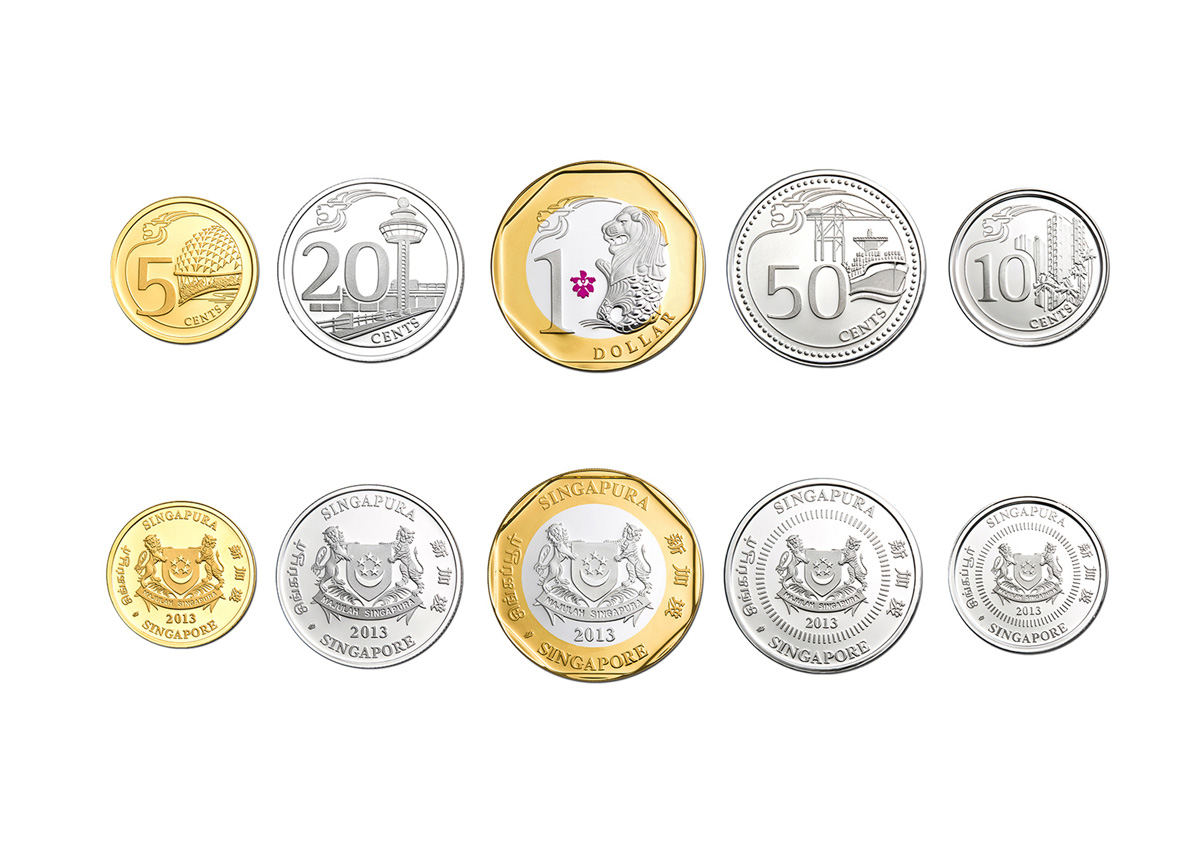This article was originally on GET.com at: 7 Things You Didn’t Know About Singapore Coins
Did you know that it is illegal to turn Singapore coins into jewellery regardless of how quirky and unique it may be? Just to put the point across more concretely, under Singapore’s Currency Act, it is not legal to “mutilate, destroy or deface” any form of Singapore currency
We at GET.com have naturally gotten our interest in Singapore’s coins piqued after reading this fresh news report where the Monetary Authority of Singapore lodged a police report just last week after it found out that people had been transforming our coins into jewellery like lockets, rings, trinkets and earrings, and selling them for quite a fair bit of money (sometimes, even fetching thousands of dollars).
Sure, many of us barely use coins these days, relying on credit cards or bills to make our regular purchases, but some of these things are still very interesting and intriguing.
So, here are 7 things you probably didn’t know about Singapore coins.
No judging here, of course.
7 Things You Didn’t Know About Singapore Coins
1. If all of Singapore’s coins in circulation are stacked one on top of another, they would be 710 times higher than Mount Everest.
2. The largest Singapore coin weighs a whopping 1 kg.
This hefty coin is the 999 fine Silver Proof-like coin that has a face value of $80.
It measures 100.00mm in diameter, and was first issued in 2012 as part of the 2012 Year of the Dragon coin collection.
3. Not all of our coins are round in shape. Singapore’s first rectangular coin – the $5 Silver Proof Colour Coin – was issued in 2010 to commemorate Singapore’s 45 years of independence.
4. Singapore’s First Series of coins in circulation was issued way back on 20 November 1967. These coins display various designs and visually represented a marked break from Singapore’s past as a British colony.
Far from being tacky, with imprints of a swordfish, a seahorse and a lionfish, these coins symbolised Singapore’s new status as an independent republic.
5. The Board of Commissioners of Currency, Singapore (BCCS) stopped minting Singapore’s copper-hued 1-cent coins back in 2002. Nevertheless, these coins remain legal tender.
6. Each denomination in the Third Series coins has a distinct edge pattern to help the visually impaired differentiate them more easily.
7. In order to stay ahead of abominable counterfeiters as well as maintain confidence in the use of Singapore’s currency, new security features were imbued into the Third Series coins in circulation.
A customised electromagnetic signature is available for each denomination while the $1 boasts a bi-metallic composition coupled with a laser mark micro-engraving of the national flower of Singapore, Vanda Miss Joaquim.
Other Articles You May Like From GET.com







